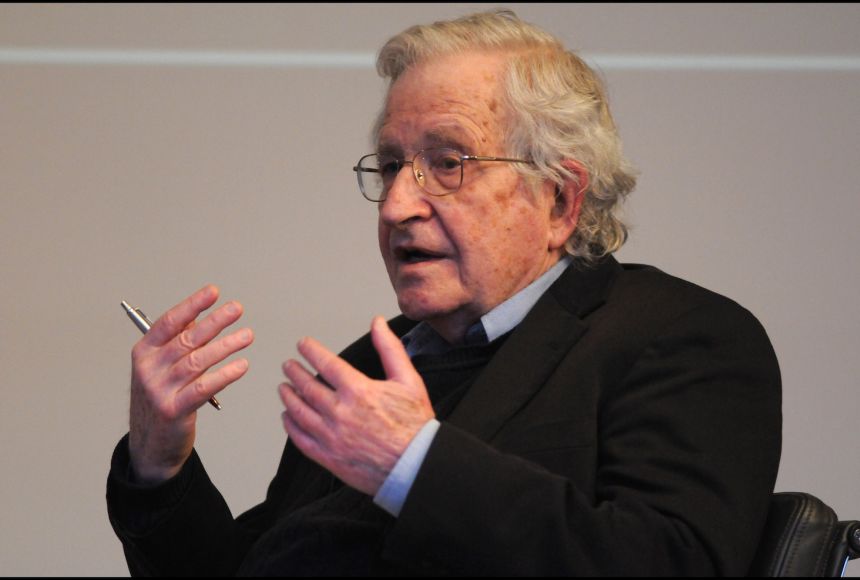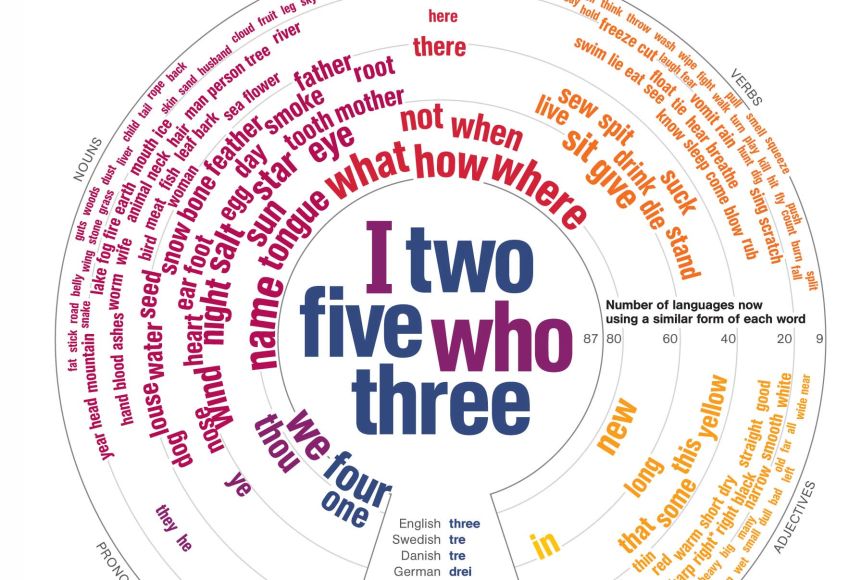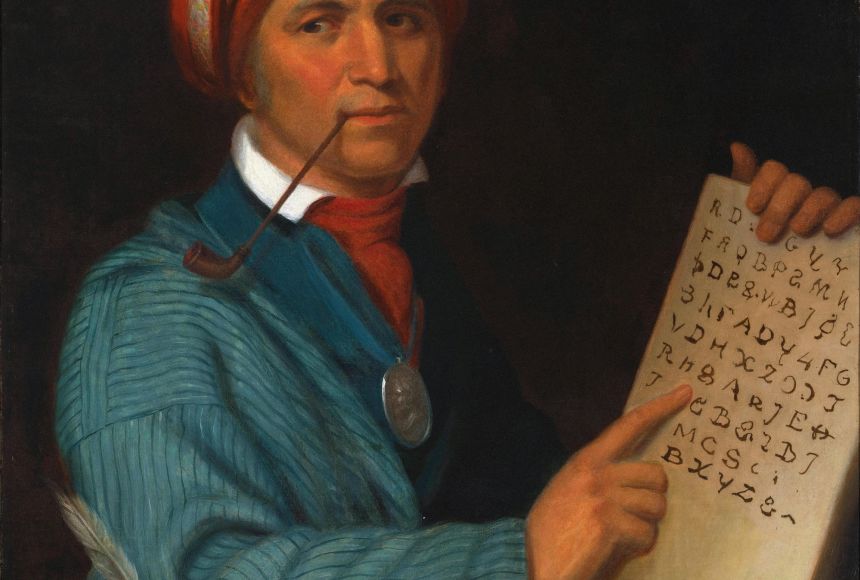 |
| illustration link |
How languages evolve - Alex Gendler
May 27, 2014 - View full lesson: http://ed.ted.com/lessons/how-languag...Over the course of human history, thousands of languages have developed from what was once a much smaller number. How did we end up with so many? And how do we keep track of them all? Alex Gendler explains how linguists group languages into language families, demonstrating how these linguistic trees give us crucial insights into the past.
The Origins Of Human Language
by Ancient Yoke | Apr 21, 2023 | 20:20
This week's video is about the origins of our species communication and how It's developed into the languages we speak today. As always, thanks for watching and please consider liking and subscribing.
Daniel Everett, "Homo Erectus and the
Invention of Human Language"
Harvard Science Book Talks and Research Lectures
Mar 31, 2020 | HARVARD UNIVERSITY | 1:10:42
HARVARD SCIENCE BOOK TALK
Daniel L. Everett is the dean of arts and sciences at Bentley University. He has published more than one hundred articles and twelve books on linguistic theory, including Dark Matter of the Mind: The Culturally Articulated Unconscious.In this video, Everett examines the culture of the first known human species, Homo erectus, focusing especially on their physical and cultural evolution such as tools, travel, and settlements.
He then makes the case that these accomplishments are best explained by the invention of language. Language in turn is shown to be the transfer of information by symbols, where other components of language, such as grammar, play roles in support of symbolic communication.
Concrete evidence for symbols among erectus populations is found in their tool construction and “dialectal” tool distinctions. The talk is based of Everett's book, How Language Began: The Story of Humanity's Greatest Invention.
* * * * * * * *
EVOLUTION OF LANGUAGE
by NGS
Language allows us to share our thoughts, ideas, emotions, and intention with others. Over thousands of years, humans have developed a wide variety of systems to assign specific meaning to sounds, forming words and systems of grammar to create languages. Many languages developed written forms using symbols to visually record their meaning. Some languages, like American Sign Language (ASL), are an entirely visual language without the need for vocalizations.
Although languages are defined by rules, they are by no means static, and evolve over time. Some languages are incredibly old and have changed very little over time, such as modern Icelandic, which strongly resembles its parent, Old Norse. Other languages evolve rapidly by incorporating elements of other languages. Still other languages die out due to political oppression or social assimilation, though many dying languages live on in the vocabularies and dialects of prominent languages around the world.
Teach your students how the languages of the world have evolved over time, and how their own languages continue to evolve today with this curated collection of resources.








No comments:
Post a Comment